Ever wonder how canned tomatoes get from the field to your plate? Here’s a step by step guide to how the farm to table process works.
Tomatoes are a staple ingredient in many of the World’s favorite dishes like Pizza, Ketchup, Pasta Sauce and Salsa, and are an important part of the global food industry. The process of getting tomato products from the farm to the restaurant involves several steps, each of which plays a critical role in ensuring the quality and deliciousness of the final product. In this article, we will explore the step-by-step farm to table process of how a tomato product gets from the fields to your plate.
Step 1: Growing and Harvesting
The first step in the process of getting tomato products from the farm to the restaurant is growing and harvesting the tomatoes. Tomato plants require warm temperatures and ample sunlight to grow, and they are typically planted in the spring and harvested in the summer and fall. Once the tomatoes are ripe, they are carefully picked by hand or by machine.
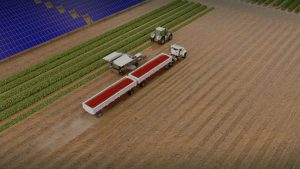 Step 2: Transporting to Processing Plant
Step 2: Transporting to Processing Plant
After the tomatoes are harvested, they are transported to a processing plant. This is typically done using large trucks, which are specially designed to transport perishable goods like fresh tomatoes. During transportation, the tomatoes must be kept at the appropriate temperature to ensure their freshness and quality.
Step 3: Sorting and Washing
Once the tomatoes arrive at the processing plant, they are sorted and washed. The sorting process involves separating the tomatoes by size and color, and removing any damaged or diseased tomatoes. The tomatoes are then washed using a combination of water and chemical disinfectants to remove any dirt or bacteria
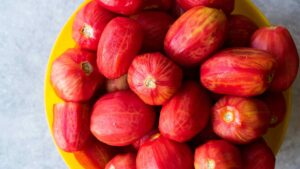 Step 4: Blanching and Peeling
Step 4: Blanching and Peeling
After the tomatoes are sorted and washed, they are blanched and peeled. Blanching involves briefly exposing the tomatoes to hot water or steam, which helps to loosen the skins. The tomatoes are then run through a machine that removes the skins, leaving behind the tender flesh.
Step 5: Processing and Packaging
Once the tomatoes are peeled, they are minimally processed into the desired tomato product, such as tomato sauce, diced tomatoes, or tomato paste. The processing involves cooking the tomatoes to create the desired flavor and consistency. This step is also what preserves the tomato products and what releases the lycopene! The final product is then packaged in cans, jars, or other containers, which are sealed to ensure the product’s safety and freshness.
 Step 6: Distribution
Step 6: Distribution
After the tomato products are packaged, they are ready for distribution. This involves transporting the products to warehouses, where they are then delivered to retailers, and foodservice establishments.
 Step 7: Delivery to Restaurants
Step 7: Delivery to Restaurants
Finally, the tomato products are delivered to restaurants and other foodservice establishments, where they are used in a wide range of dishes, from soups and stews to pasta sauces and pizzas. Restaurants typically order tomato products in large quantities, which are stored in their kitchens until they are ready to be used.
Summary
The process of getting tomato products from the farm to your favorite restaurants and your home involves several critical steps. Each step plays a crucial role in ensuring the quality and safety of the final product, and the end result is a delicious and versatile ingredient that is a staple in kitchens around the world.
Learn more about why buying USA-grown tomatoes is important for the local economy:
Why Buying USA-Grown Tomato Products Matters
Considering the Environmental Impact of Imports
USA grown tomatoes are the best tomatoes in the world!
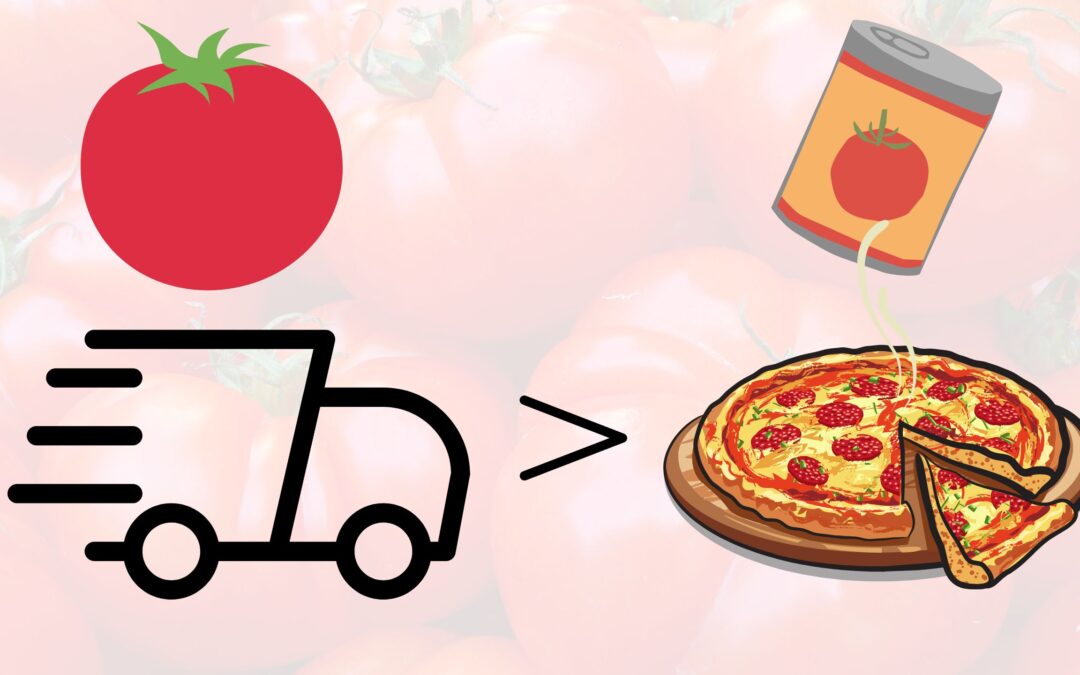
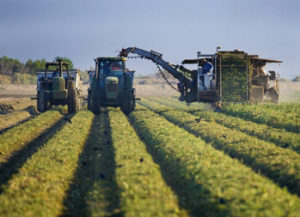
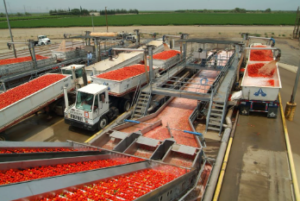
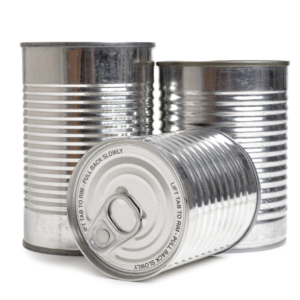
Recent Comments